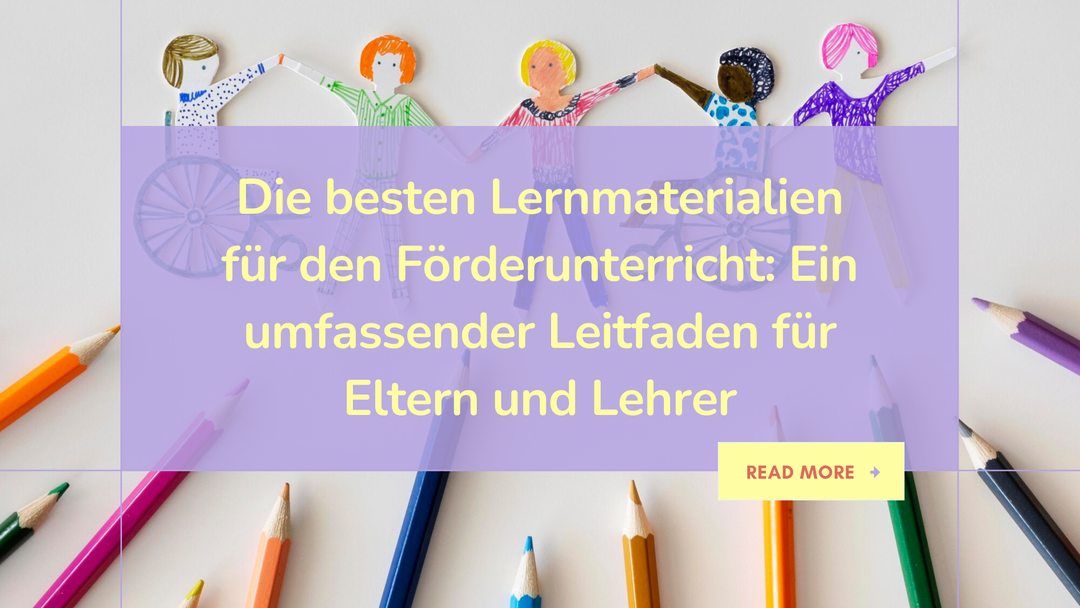Natureich educational toys for young and old - Part 2: Preventing digital dementia in adults
Dementia in people of different ages
Dementia is a disease in which mental performance is gradually lost. This disease is particularly widespread in the form of senile dementia in people over the age of 65. The most common form of dementia is Alzheimer's disease, in which brain cells die off, especially at an advanced age, which leads to a reduction in cognitive abilities.
But it is not only the elderly who are affected by dementia. Dementia can also occur in middle-aged or young people. The loss of mental performance can be caused by various mechanisms. In primary dementia, brain cells die for various reasons. In secondary dementias, dementia occurs as a result of an underlying disease such as depression, vitamin deficiency or an infection. However, our everyday behavior and habits also have an influence on whether we develop dementia or not and how severe the disease may be.
The influence of our habits on the development of dementia
Certain risk factors, such as smoking, an unhealthy diet and a sedentary lifestyle, can increase the risk of developing dementia. Activities such as brain jogging, skill exercises, physical activity, being aware of various sensory stimuli and learning new things can, on the other hand, counteract dementia.
In the first article in this series on dementia, we described that the brain can be trained like a muscle by various sensory stimuli. Receiving different stimuli and coping with new tasks promotes the creation of new connections between the nerve cells.
A study was able to prove that through various activities and training the brain performance can be maintained for a long time even with progressive physical damage to the nerve cells. This shows that our everyday behavior and habits have a major influence on the development of dementia and that the severity and consequences of such a disease can be very strongly influenced by our behavior.
The brain wants to be fed with stimuli. If too few stimuli arrive and are processed in the brain, cognitive performance is lost and this can promote the development of dementia, at any age. But not only the amount of stimuli is relevant, but also the type of stimuli that the brain receives to process.
The impact of digital media on our health
Our everyday life in the 21st century is very much shaped by digital media, screen work and the use of touch screens. In recent years it has been shown in various studies that these habits have an influence on our information processing and even on our brain performance.
In South Korea some time ago it was observed that young adults had increasing problems with their memory, attention and concentration. In addition, people became more and more emotionally blunted. The development of these dementia-like symptoms in young adults was so worrying that medical studies were conducted to determine the cause of this phenomenon.
The doctors from South Korea found that the adults studied had reduced life satisfaction through the use of digital media and that their ability to show compassion and empathy had decreased. At the same time, there were more complaints such as myopia, sleep disorders, anxiety and depression. Diseases such as obesity, diabetes, poor posture and addictions were also found more and more frequently. In this context, the term digital dementia was introduced.
Digital dementia in young adults
The Nev cells in our brain are constantly changing. They are built, rebuilt and dismantled depending on how we use them. New connections are created when we learn new things and old connections are broken down when they are no longer used.
How we learn and generally experience the world through our senses has an impact on the processing of information in the brain. If more senses are addressed, facts are processed more deeply and learned more quickly. The sensorimotor system plays a special role. We understand the world by grasping and touching things.
When we feel the phenomena of the world with our senses and perceive them as intensely as possible, this leaves stronger traces in our brain through more intense stimuli. For example, we understand the content of a read text better and faster if we run our finger over the paper while reading and point to what has been read. If we can touch an object, we can remember it better than if we just see a photo.
In both children and adults, the depth of processing of information in the brain is influenced by how sensually it is perceived. This has been researched in psychology for several decades. Sensorimotor comprehension plays a special role in this. With digital media, however, this sensual understanding is not possible, because only a mouse, keyboard and touchscreen are used, whereby all information feels the same for the sense of touch. The processing depth is lower when using digital media.
Prevent digital dementia with analog toys
Scientific studies have shown that the intensive use of digital media can lead to symptoms of dementia even in young people. At the same time, attention and memory performance decrease and even the brain substance decreases. Since computers and other digital media relieve us of a lot of intellectual work and because sensorimotor sensory perception is very one-sided, there are negative effects on our brain.
How can this phenomenon be counteracted? With less screen time and more activities in the analog world, in which we surround ourselves and interact with real people. Through activities that challenge us mentally and through activities that appeal to as many senses as possible, especially our sense of touch (sensorimotor skills). Wooden surfaces are less smooth and therefore more varied for our tactile organ than touchscreens and keyboards. Playing with our colorful Halma board game made of wood appeals to several senses and brings variety to everyday life, which is dominated by digital media. You can order it in our shop.









Leave a comment